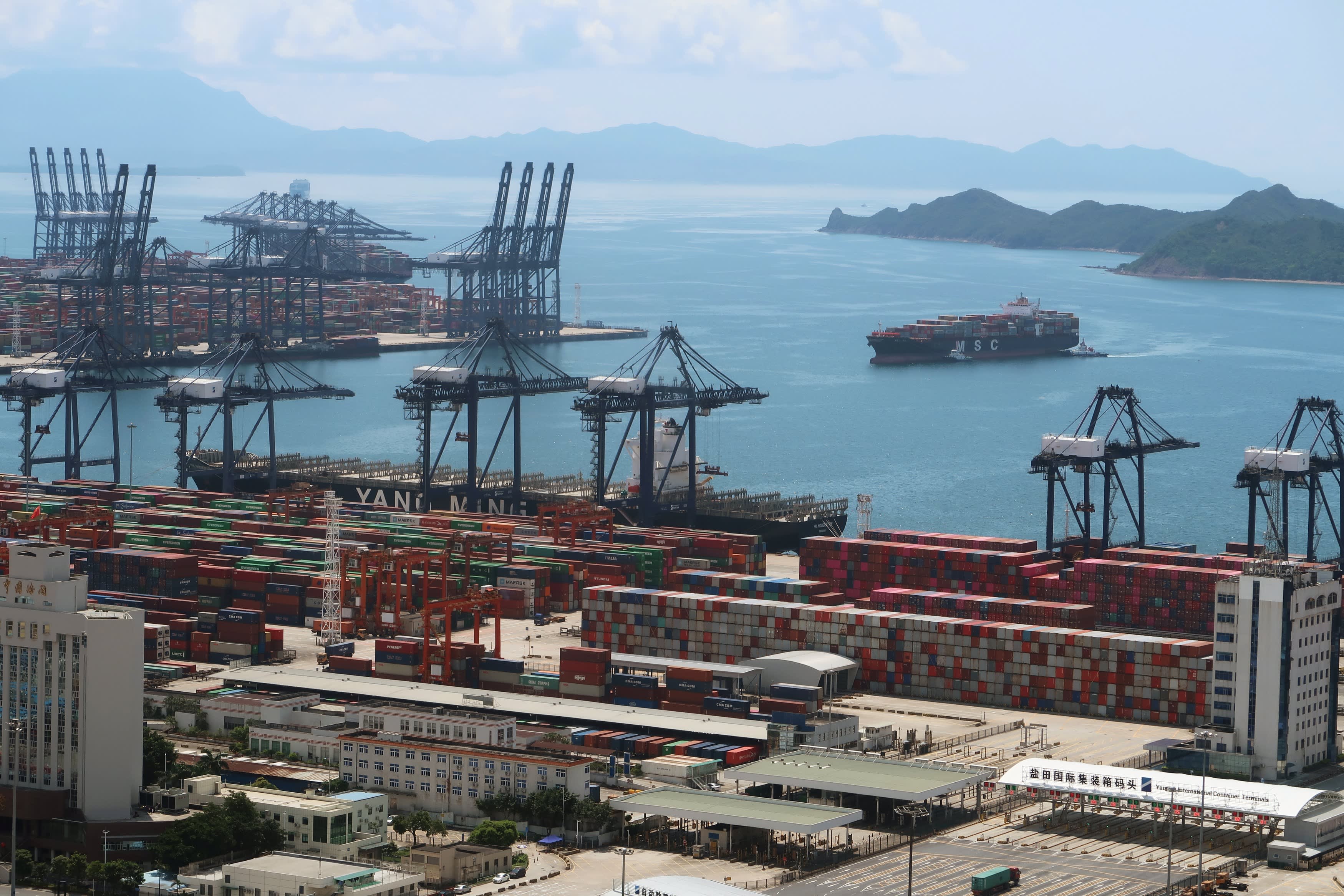

Gramsci zeroes in on an encounter on the streets of Turin, between an émigré Sardinian tannery worker and one of these southern military officers. By convincing southern peasants that their interests were regional, and that northern proletarians were thus their natural enemies, Italian political elites created an ostensibly foolproof mechanism for heading off northern workers’ movements and a reliable bulwark against the formation of a proletarian-peasant class coalition. The Italian state had long relied upon a certain historically constituted divide between North and South: the “divide and conquer” strategy so familiar from labor history. In this case, Gramsci is writing about of the Brigata Sassari, soldiers sent from the South to the North to quell a strike of tannery workers. He tracks a subtle but powerful subjective transformation in a given collectivity: a perceptual change that rewires the sensibilities of a group’s members and opens up new possibilities for affiliation and alliance.
#SOCIAL AMNESIA PETER BURKE HOW TO#
Gramsci provides an account of the sort of historical event that most historians do not know how to narrate the sort of event that history books typically leave out.

Let’s recall what happens in this passage. I would like to pick up where we left off––with a moving passage from The Southern Question––and my proposal that it is in this text that Gramsci’s most useful theoretical legacies reside. We concluded Part 1 with the question of Gramsci’s continuing utility for cultural and intellectual historians. (Editor’s Note: Guest blogger Kurt Newman continues his consideration of Gramsci that he began last week)


 0 kommentar(er)
0 kommentar(er)
